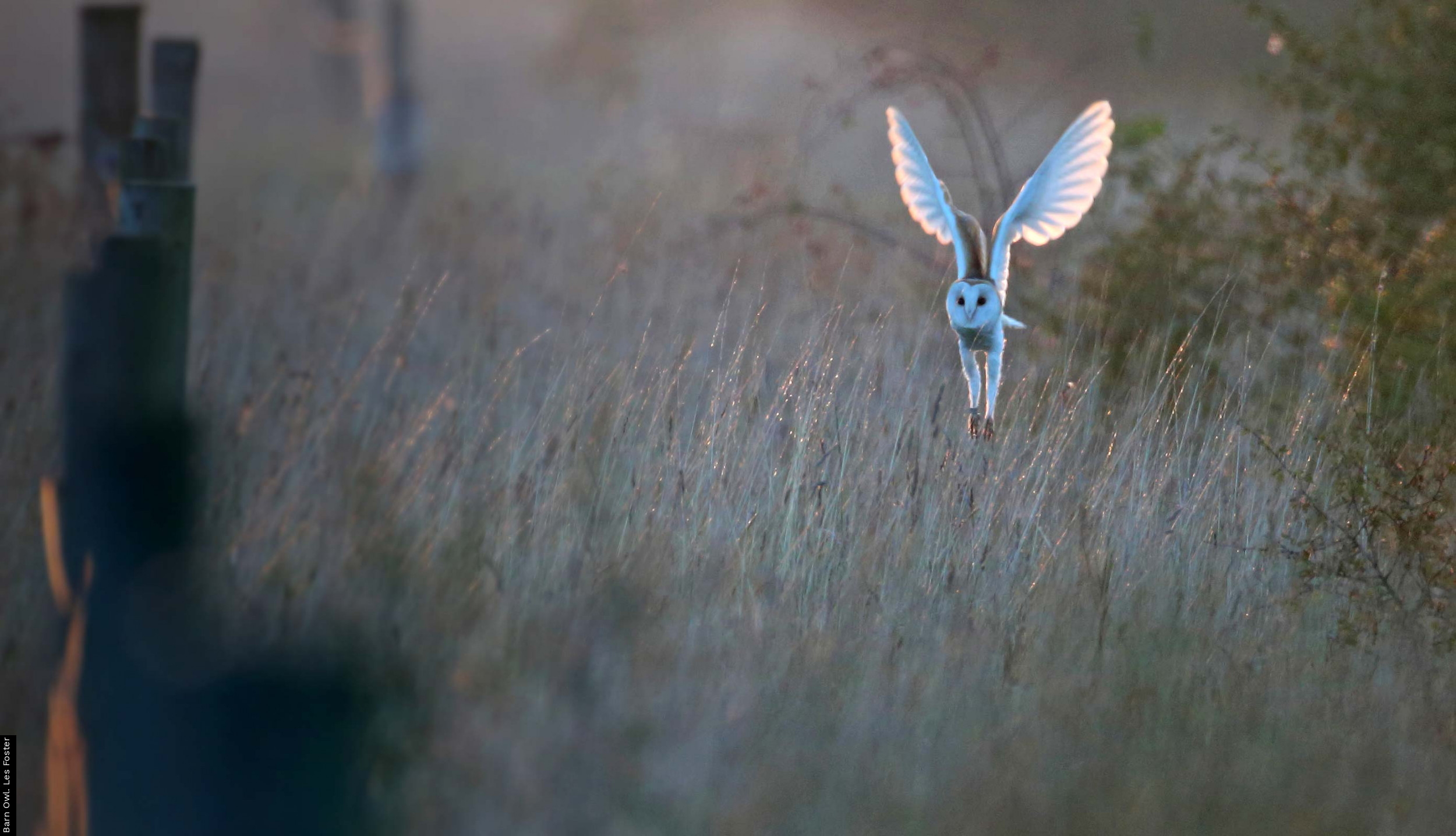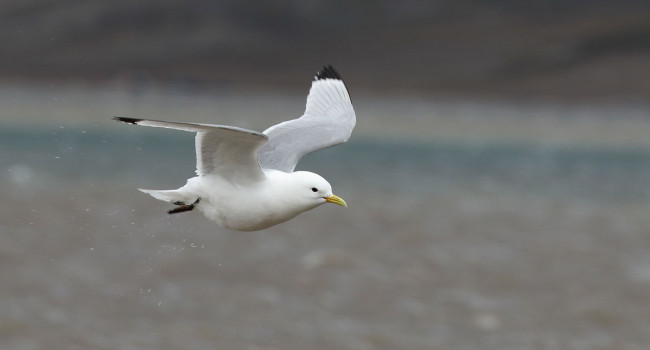Charadriidae - Plovers
The plovers and lapwings form a group of morphologically similar birds, all have moderately long legs and relatively large, rounded heads with short, stubby bills and large eyes. The lapwings tend to be slightly larger than the plovers with more rounded wings; they also often have distinctive crests or wattles. All species feed by sight on invertebrates, with a distinctive watch-run-peck foraging mode. It has recently been realised that many will even feed at night when the moon is bright; this can account for a significant proportion of their foraging time. They occur throughout the world, from the tideline to mountain meadows. Although classified as waders (and some do occur near water, particularly in the non-breeding season), they are really birds of open grassland. While most are monogamous, the Dotterel is one of the few European species to be polyandrous - a female will lay two or more clutches, each incubated by a different male.
The commonest plover in Britain is the Ringed Plover, which breeds on sandy and shingle beaches around the coasts of Britain, though its cryptic colours mean that it can be hard to spot! The Lapwing leads something of a double life, being generally found on inland wet grassland in summer and around our coasts in winter.
Regularly Occurring Species
Grey Plover
Golden Plover
Dotterel
Ringed Plover
Little Ringed Plover
Lapwing
Occasional Visitors
American Golden Plover
Pacific Golden Plover
Killdeer
Semipalmated Plover
Sociable Plover
White-tailed Lapwing
Caspian Plover
Greater Sand Plover
Lesser Sand Plover
Kentish Plover






Share this page